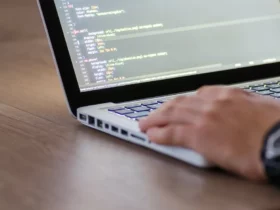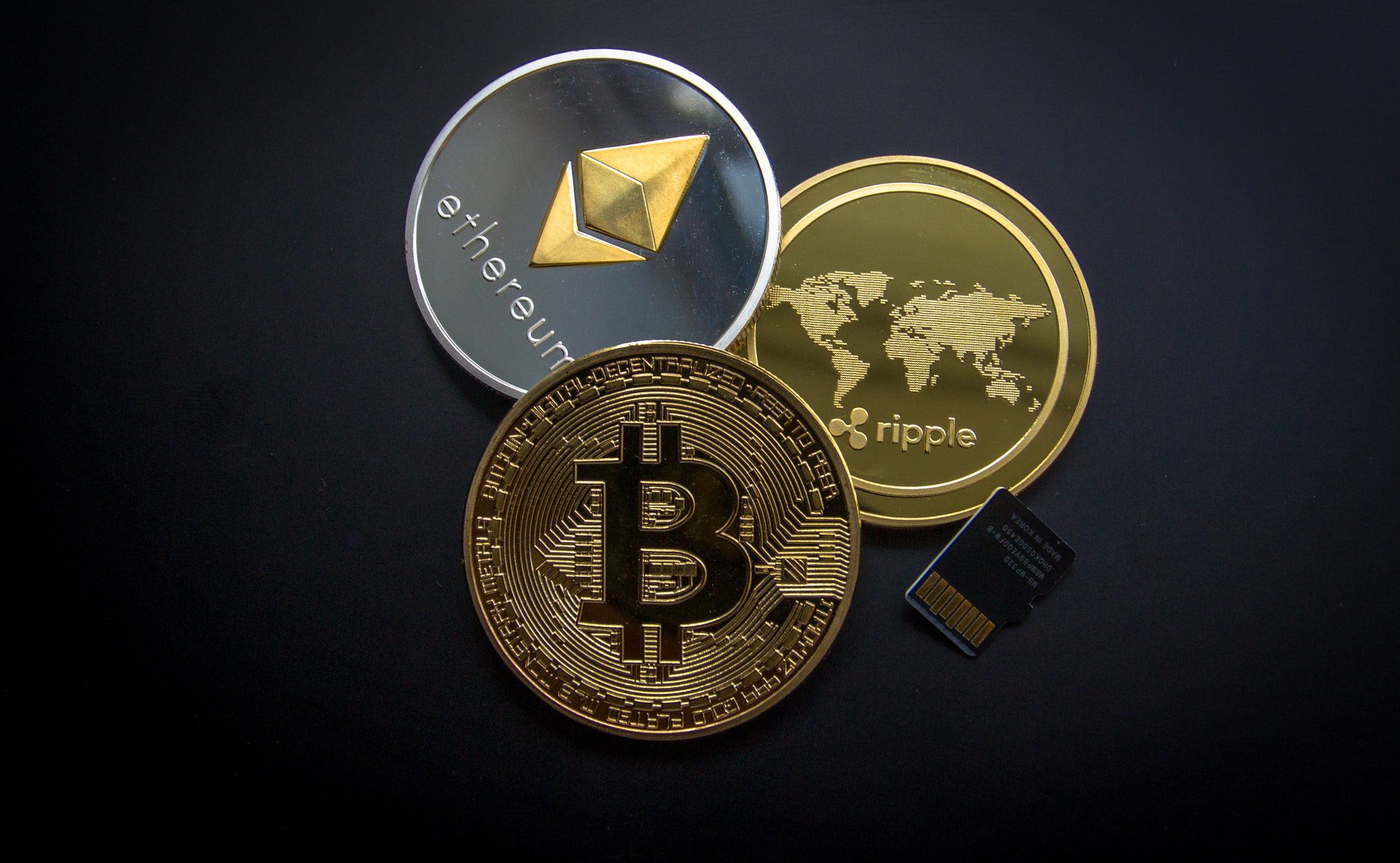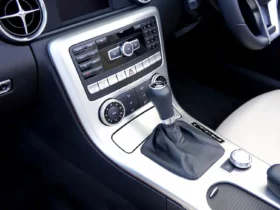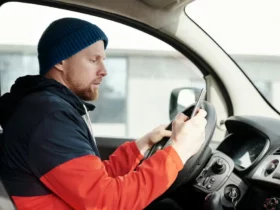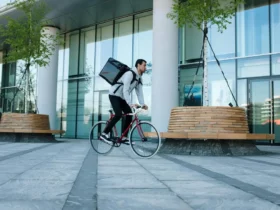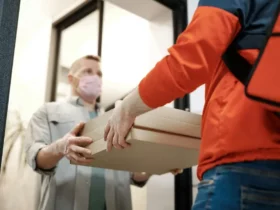Are you finding that your Instacart experience isn’t as speedy as you’d like it to be? You’re not alone. Many users have reported a slowdown in both receiving and completing orders. This can be frustrating, especially when you’re relying on this service for your groceries. Let’s dive into why Instacart might be so slow.
There are several factors that can contribute to the slowdown of Instacart. One of the main culprits could be a low Instacart Shopper rating. This can result in fewer batches, making it hard to stay busy or make decent money. It’s also possible that you’re accepting low-paying batches that aren’t worth the effort.
Another reason could be your location. If you live far away from supermarkets, it’s likely that your grocery delivery will take longer. Additionally, the time you request your groceries could be a busy period, resulting in slower deliveries. There’s also the issue of oversaturation. As one user on the Instacart Reddit thread pointed out, there are often more shoppers than customers, which can lead to slowdowns.
How Long Does Instacart Usually Take?
Instacart’s delivery promise is based on same-day delivery, yet, the actual time can vary quite a bit.
Average Time for Deliveries
For an average order, Instacart promises a delivery window of 2–5 hours. However, it’s important to note that this is not a guarantee. Your delivery could take longer during peak hours or if you live far from the supermarket.
Minimum and Maximum Delivery Times
If you’re in a hurry, you can opt for a priority grocery delivery, which allows you to get your items in as little as 45 minutes. However, this is the best-case scenario. Standard deliveries usually have a minimum timeline of about two hours.
The maximum time for deliveries is five hours but again, this could vary based on location and time of day.
It’s also worth mentioning that a good Instacart shopper speed is typically below 100 seconds per item. For example, if you’ve ordered 30 items, a proficient shopper should ideally deliver your groceries within 50 minutes.
Remember, the earlier you place your order, the more likely it is to be delivered in a timely manner. Also, consider using Instacart’s order ahead feature, which lets you schedule your grocery order up to two weeks in advance. This can help avoid last-minute delays.
Instacart has taken steps to improve its service. In response to increased demand and to ensure on-time deliveries, the company has hired more people and introduced new features. So, while the service might not always live up to the “as fast as an hour” claim, it’s clear that efforts are being made to achieve this goal.
Remember, the speed of your Instacart delivery depends on various factors – and understanding these can help manage your expectations and plan your orders better.
Challenges in the Supply Chain
In the quest to understand why Instacart might be slower than expected, it’s crucial to look at the challenges in the supply chain. Two key factors that impact Instacart’s efficiency are the availability of goods in stores and the speed at which essential items are restocked.
Stock Availability in Stores
A significant factor impacting Instacart’s delivery time is the availability of products in stores. When a shopper can’t find an item on a customer’s list, it slows down the process. They must contact the customer, wait for a response, and then either find a replacement or remove the item from the order.
Imagine a busy Instacart shopper trying to complete several orders within a specific time frame. If multiple items are out of stock, it can significantly add to the time it takes to complete each order.
Delays in Restocking Essential Items
Another challenge within the supply chain causing delays is the restocking of essential items. Popular items like bread, milk, eggs, and toilet paper often run out quickly in stores, especially during peak shopping times or in periods of high demand. Restocking these items can take time, and if they’re on a customer’s list, it can cause delays.
The restocking process isn’t always in the control of Instacart, as it depends on the store’s management and their supply chain. If a store is slow to restock, or if there are issues with a supplier, it can impact the availability of goods and, in turn, slow down Instacart’s delivery process.
Knowing these factors can help us understand why sometimes Instacart might be slower than we’d like. It’s not always about the number of shoppers or the distance to the store. It also involves the complex dynamics of the supply chain, from the stock availability in stores to the restocking of essential items.
Shopper Availability and Workload
Instacart’s efficiency heavily relies on its shoppers. The availability of these shoppers and their workload directly influence the speed at which orders are processed and delivered.
The Number of Active Shoppers vs. Demand
One important aspect to consider is the balance between the number of active shoppers and customer demand. If there are more orders than there are shoppers, it’s likely that deliveries will take longer. On the other hand, if there are too many shoppers and not enough orders, shoppers may end up waiting around for batches, which isn’t efficient either.
Instacart’s algorithm works to match demand with supply but, like any system, it’s not foolproof. It’s also worth noting that not all shoppers work full-time. Many sign on for just a few hours each week, which can make predicting shopper availability challenging. For that reason, there is no magic solution to get more batches on Instacart instantly.
Challenges Faced by Shoppers in Stores
Another factor impacting delivery speed is the challenges shoppers face in stores. These can range from crowded aisles and long checkout lines to difficulty finding specific items or dealing with out-of-stock issues. All these factors can significantly slow down the time it takes for a shopper to complete an order.
Furthermore, shoppers are rated on the accuracy of their orders. If an item is not available, they need to communicate with the customer to find a suitable substitute. This process can be time-consuming, especially during busy periods when many items may be out of stock.
Clearly, there’s a delicate balance to maintain in the Instacart ecosystem. It’s not just about having enough shoppers or sufficient demand. It’s about ensuring shoppers can work efficiently and effectively, free from unnecessary obstacles that could slow down the delivery process.
Technical Issues with the Instacart Platform
In our modern digital age, technology is the backbone of any online service, and Instacart is no exception. Though we often focus on the human elements that can slow down the Instacart service, it’s important we don’t overlook the potential for technical issues.
Server Overloads and App Glitches
One of the frequent technical issues is server overloads and app glitches. It’s not uncommon for popular online platforms like Instacart to experience these issues, especially during peak usage times.
When too many users flood the platform at once, it can cause server overloads. This leads to a lag in the system, slowing down everything from order placement to delivery scheduling. Additionally, app glitches can disrupt the smooth operation of the service, causing frustration for both customers and shoppers.
Integration Issues with Partner Stores
Another technical challenge that can contribute to slower service times on Instacart is integration issues with partner stores. Instacart partners with a wide range of supermarkets and grocery stores to provide its service. However, this integration isn’t always seamless.
There can be discrepancies between the store’s inventory and what’s displayed on the Instacart app. This can lead to shoppers spending extra time searching for items that aren’t actually in stock, or having to communicate with customers to find suitable replacements. Both of these issues can extend the time it takes to complete an order, slowing down the overall delivery process.
While these technical issues do pose challenges for the Instacart platform, it’s worth noting that they are not unique to Instacart. Any online platform can experience these types of problems. However, recognizing and addressing these issues can help Instacart improve its service speed and efficiency in the future.
Customer Experience and Feedback
Customer experience plays a significant role in the perceived speed of Instacart’s service. From wait times for delivery windows to communication delays with shoppers, these factors can all contribute to a slower and less satisfying experience for the user.
Wait Times for Delivery Windows
A significant factor that contributes to the perceived slowdown of Instacart’s service is the wait times for delivery windows. During peak hours or high-demand periods, the number of available delivery windows can drastically reduce.
This means that users may have to wait hours or even days for their groceries to arrive.
Users living in remote or rural areas may also face longer wait times due to the distance from the nearest grocery store. This can result in user dissatisfaction and the perception that the service is slow.
Communication Delays with Shoppers
Another factor affecting user experience is communication delays with shoppers.
During busy periods, shoppers may not have the time to respond promptly to user inquiries or requests for item replacements.
Technical glitches can also lead to delays in communication, making it difficult for users to track their order status or make changes to their order.
This lack of real-time interaction can lead to frustration and the feeling of a slower service.
In essence, the factors affecting the speed of Instacart’s service are multifaceted. From shopper ratings and location to supply chain issues and technical glitches, all these can contribute to slower delivery times.
As Instacart continues to refine its processes and systems, it’s crucial to address these issues to improve speed and efficiency, ultimately enhancing the customer’s overall experience.
Measures Taken by Instacart to Improve Speed
Instacart is no stranger to the challenges it faces, and it’s making strides to improve service speed. The company has implemented several measures to address the issues contributing to slowdowns in delivery times and service efficiency.
Hiring More Shoppers
Instacart has ramped up recruitment efforts to increase the number of active shoppers on the platform. By doing so, it’s aiming to strike a balance between customer demand and shopper availability.
- More shoppers equals quicker order fulfillment, right?
- With more hands on deck, the workload for each shopper lessens.
- This lessens the likelihood of shoppers feeling overwhelmed and subsequently slowing down.
Bringing in more shoppers can significantly reduce the time it takes to process and deliver orders. However, it’s not just about hiring more shoppers; it’s also about retaining them. Instacart has been working on improving the shopper experience, providing better incentives, and ensuring fair payment for their services.
Enhancing the Technical Infrastructure
Technical issues can cause substantial delays in service delivery. Instacart is actively working on enhancing its technical infrastructure to minimize these issues.
- They’re optimizing server capacity to handle the high traffic during peak hours.
- They’re ironing out app glitches to ensure smooth user experience.
- They’re also improving their integration with partner stores to streamline the order and delivery process.
By focusing on these areas, Instacart can reduce technical hiccups that cause slowdowns. The company is investing in a robust, scalable, and efficient technical infrastructure that can withstand the demands of its growing user base.
These are just some of the steps Instacart is taking to improve its service speed. Remember, it’s a process and it’ll take time for the full benefits to be realized. It’s clear, though, that the company is committed to providing faster, more efficient service to its users.
Tips for Customers to Get Faster Service
While Instacart is ramping up its efforts to improve service speed, there are several steps that customers can take to get their orders faster. Here are a few insider tips.
Optimal Times to Place Orders
One key factor that can affect order delivery speed is the time of day you place your order. During peak hours, shoppers are busier and there might be a longer wait time. On the other hand, placing orders at off-peak times – early in the morning or late at night – may result in quicker service.
But what are the best times to order? Here’s what you need to know:
- Early morning (between 6 AM and 8 AM) and late evening (after 8 PM) are typically less busy.
- Mid-week days like Tuesday and Wednesday are generally quieter than weekends.
Remember, these are suggestions and actual wait times can vary based on the specific location and day.
Being Flexible with Substitutions
Another way to speed up your Instacart delivery is by being flexible with substitutions. When items on your list are out of stock, shoppers have to spend extra time communicating with you to approve replacements.
Here are a few strategies to make this process smoother:
- Enable the “allow substitutions” option while placing your order.
- Provide specific instructions for the shopper, such as preferred brands or product sizes.
These steps not only save time but also ensure you get what you need even when your first choice isn’t available.
By trying out these strategies, you can help improve your Instacart experience. The goal is not only to get your groceries delivered faster but also to make the process as smooth as possible for both you and the Instacart shopper.
Tips for Shoppers When Instacart Is Slow
As a frequent user of Instacart, you might have experienced delays in service. Don’t worry, there are ways you can navigate through these slow periods.
First, communicate effectively with your shopper. If there is a delay, it’s usually because of a bottleneck at the store. Reach out to your shopper and ask for updates. This keeps you informed and helps the shopper prioritize your order.
Second, be flexible with your order. Allow for substitutions. This can speed up the shopping process and helps the shopper to get through the store faster. If you’re particular about certain items, make sure to indicate it in your order.
Finally, try shopping during off-peak hours. This can significantly reduce wait times. Early mornings or late evenings often see fewer customers. This allows your shopper to navigate the store faster and get your order to you sooner.
Remember, patience is key during these slow periods. By following these tips, you’ll be better equipped to handle delays.
Remember, these tips are meant to help you navigate through slow periods. They may not always work but can certainly make your shopping experience smoother.
Frequently Asked Questions
Navigating the world of Instacart can often come with a few questions. Here, we’ll address some of the most common ones.
When I Order from Instacart, Do They Give You a Set Delivery Time?
Yes, they do. Instacart provides a delivery window during which you can expect your order. After you select your items and move to checkout, you’ll be shown a selection of delivery windows. Remember, these times are estimates and can change based on a variety of factors such as shopper availability and store hours.
Does Instacart Take Longer to Deliver than Promised?
Sometimes it can. Due to factors like high demand, inclement weather, or store inventory issues, your order may take longer to arrive than initially estimated. It’s important to remain patient and flexible. Instacart is always working to improve its delivery times and provide the best service possible.
What Does It Mean When the App Says Instacart Delivery Time Not Available?
This is usually an indication that all delivery slots for your area are currently full. This often happens during peak shopping times or in areas with a high demand for delivery services. Try ordering at off-peak hours or be prepared to pick a delivery window further out.
By understanding these aspects of the Instacart service, you’ll be better equipped to navigate any potential slowdowns and maximize your Instacart experience. Remember, patience and flexibility go a long way in ensuring a smooth and efficient delivery process.
Wrapping Up
So, why’s Instacart so slow? It’s not just one reason. High demand, inclement weather, and full delivery slots all play a part. But don’t worry, Instacart’s working hard to speed things up.
They’re hiring more shoppers and beefing up their tech. And there’s stuff you can do too. Try ordering at off-peak times and being flexible with substitutions.
Keep communication open with your shopper. If you see the dreaded “delivery time not available” message, it means you’ll need to be a bit more patient, maybe choose a later delivery window.
But remember, it’s all about making your Instacart experience as smooth as possible. So, hang in there, improvements are on the way!






